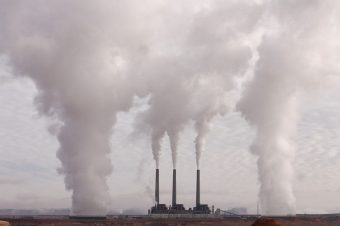
Carbon offsetting is a licence to keep polluting, and distracts us all from the real work of cutting emissions. It is where companies and governments try to meet their carbon reduction targets while still emitting carbon.
Here’s how it works: Let’s say you run a coal-fired power station. The coal you burn and the CO2 you emit goes into the atmosphere and heats our world. That is incontrovertible. But offsetting then encourages you to point at a forest and say, “I’m paying for those trees not to be burned so now we’re even.” Of course, this does nothing whatsoever to change the fact that the CO2 from your coal plant is now warming the atmosphere — it just lets you show a balance on paper.
More:
There is a reason that Indigenous Environmental Network and Indigenous Climate Action held a protest against offsetting at COP26, the UN’s annual climate conference: Offsetting incentivises the commodification of nature and allows powerful corporations to take over the lands of vulnerable communities, risking human rights abuses. Offset schemes often exclude local and Indigenous Peoples from land management practises that allow them to grow food and preserve biodiversity.
Carbon offsets put a price on nature. We cannot allow the richest nations and corporations to commodify nature, and buy off lands in poorer countries for offsets, so they can keep polluting the atmosphere. Nature-based offsetting projects distort economies and take land and resources away from the local communities that need it most. Nature should remain off limits to corporate control for climate offsets.
Source: Greenpeace


